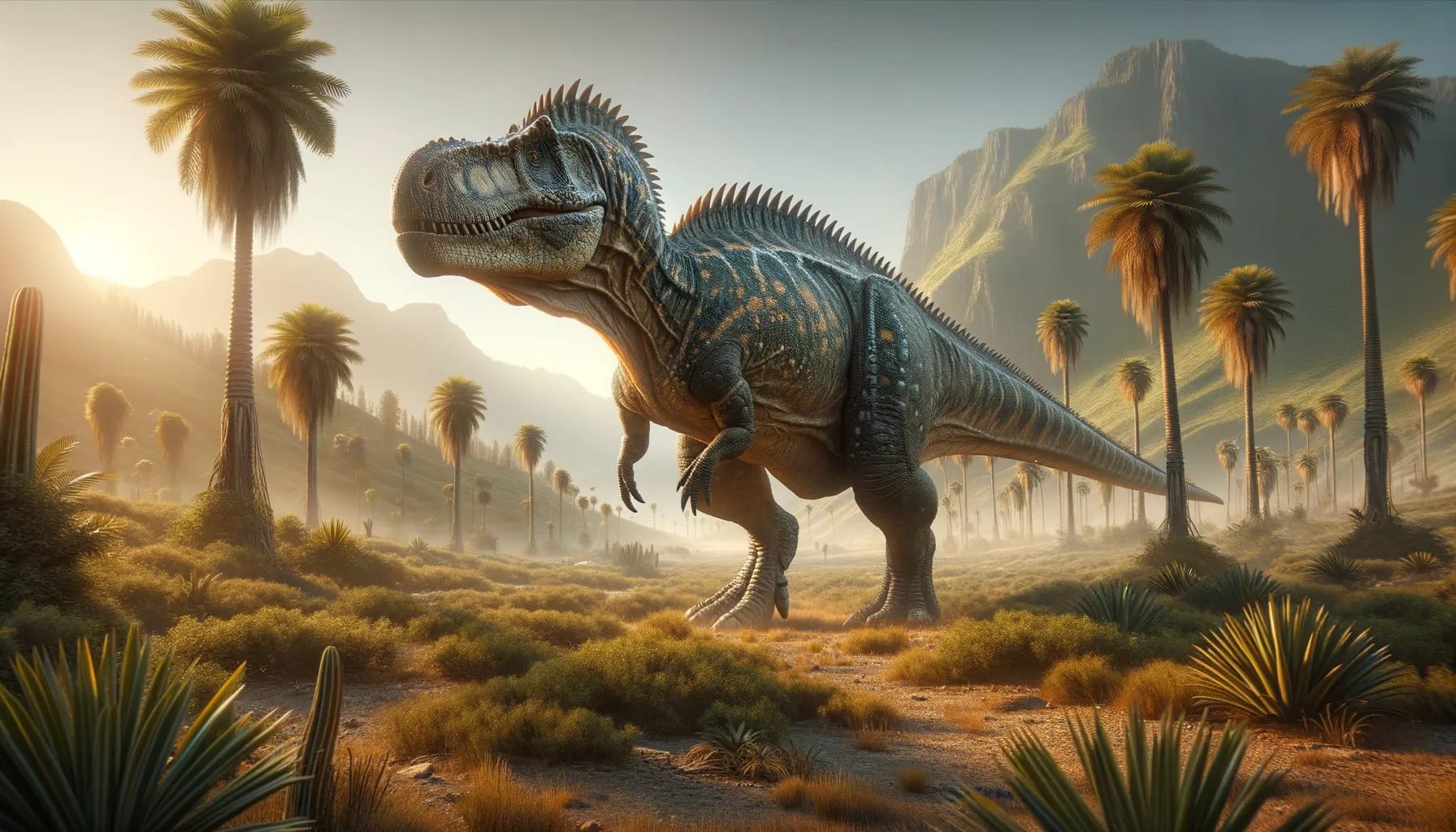
Aletopelta
Armored titan of the ancient world.
Period
Cretaceous
Length
Measured approximately 6 meters in length.
Height
Stood about 1.5 meters tall at the shoulders.
Weight
Estimated to weigh around 2 tons.
Aletopelta is a genus of ankylosaur dinosaur that lived during the Late Cretaceous Period. Known for its heavy armor plating and club-like tail, Aletopelta was a herbivorous dinosaur that roamed ancient landscapes that are now modern-day California. With its formidable body structure, it was well-equipped to fend off predators, making it a fascinating subject for paleontologists studying dinosaur survival strategies.
Diet
Aletopelta was herbivorous, primarily feeding on low-lying vegetation. Its diet included ferns, leaves, and possibly some fruit, which it could reach easily due to its low stature.
Hunting
Aletopelta did not hunt as it was a plant-eating dinosaur. It spent much of its time foraging for food rather than pursuing other animals.
Environmental challenges
Living in the Cretaceous period, Aletopelta faced numerous environmental challenges, including predation by large carnivorous dinosaurs. It also contended with shifts in climate and vegetation types. Despite these challenges, its heavy armor provided protection, enabling it to survive in diverse environments.
Speed
Slow-moving due to its heavy body and armor.
Lifespan
Lifespan likely spanned several decades.
First discovery
Discovered in California in the late 1980s.
Fun Facts
- Aletopelta means 'wandering shield,' a fitting name given its armored body.
- It lived about 75 million years ago during the Late Cretaceous period.
- This dinosaur was an ankylosaur, known for being slow-moving and heavily armored.
- Aletopelta is thought to have been herbivorous, munching on low-lying plants.
- Its fossils were first discovered in California, making it the first ankylosaur found in that state.
- Unlike some of its relatives, Aletopelta had a relatively narrower snout.
- Although not the largest dinosaur, Aletopelta had an impressive protective 'armor' made of bony plates.
Growth and Development
Aletopelta's growth was likely slow and steady, similar to other large herbivorous dinosaurs. It probably reached full maturity over a span of several years. The development of its distinctive armor would have been a gradual process, offering increasing protection as it aged.
Habitat
Aletopelta inhabited forests and plains of what is now California. These regions offered ample vegetation for grazing and open spaces that were essential for its large body to move comfortably. Seasonal changes in the environment influenced food availability, shaping its foraging habits.
Interaction with other species
Aletopelta primarily interacted with other herbivorous dinosaurs and small mammals within its ecosystem. Its formidable defenses deterred most predators. During its lifetime, it probably maintained a solitary or small-group lifestyle to maximize foraging opportunities and minimize competition.
Natural lifespan
Aletopelta's natural lifespan likely extended to several decades.
Reproduction
Reproduction in Aletopelta involved laying eggs, as with other dinosaurs. Females likely created nests in soft earth to house and protect their eggs. Parental care beyond laying eggs is uncertain but could have involved guarding the nests until hatching.
Social behaviour
The social behavior of Aletopelta is not well-documented, but like many ankylosaurs, it might have been somewhat solitary. Individuals likely came together only during specific times, such as for mating or nesting purposes, rather than forming large social groups.
Fossil locations
Fossils of Aletopelta have predominantly been discovered in Southern California. These findings have provided significant insights into the types of dinosaurs that once roamed the region. The preservation of these fossils has offered critical evidence to help reconstruct the ecosystem dynamics of the Late Cretaceous period.
